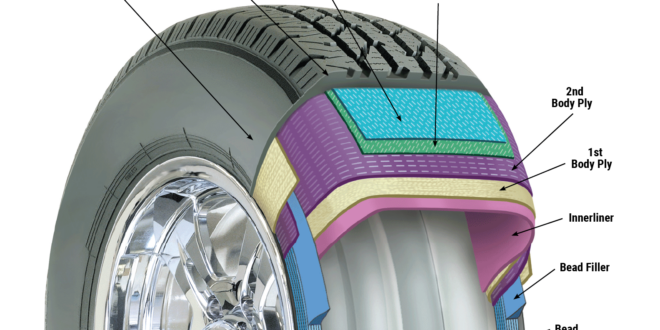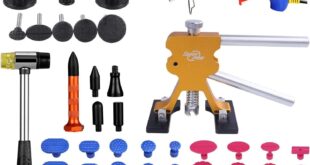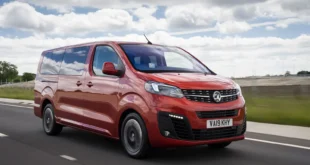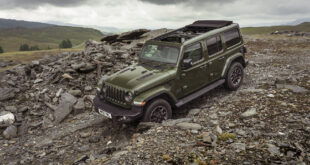Table of Contents
Understanding sidewall codes and choosing the correct tires
There are many facts you may not know about the BMW M5, such as these, and what better place to find them than in comprehensive reviews. Even if you’re not all that into cars, you’ll find some information quite refreshing. Firstly, this is an expensive car, with a starting MSRP of $103,500 for the ‘base model’, and it has a powerful engine delivering 617 horsepower. Its all-wheel drive allows staggering performance, delivering the 0-60-mph sprint in 3.1 seconds. And it weighs a substantial 4,370 pounds. This is basically a supercar with a back seat. Imagine the forces acting on such performance vehicles’ tires, with only four contact patches dispensing 553 lb-ft of torque to the surface of any road and in all the weather extremes experienced in the USA.
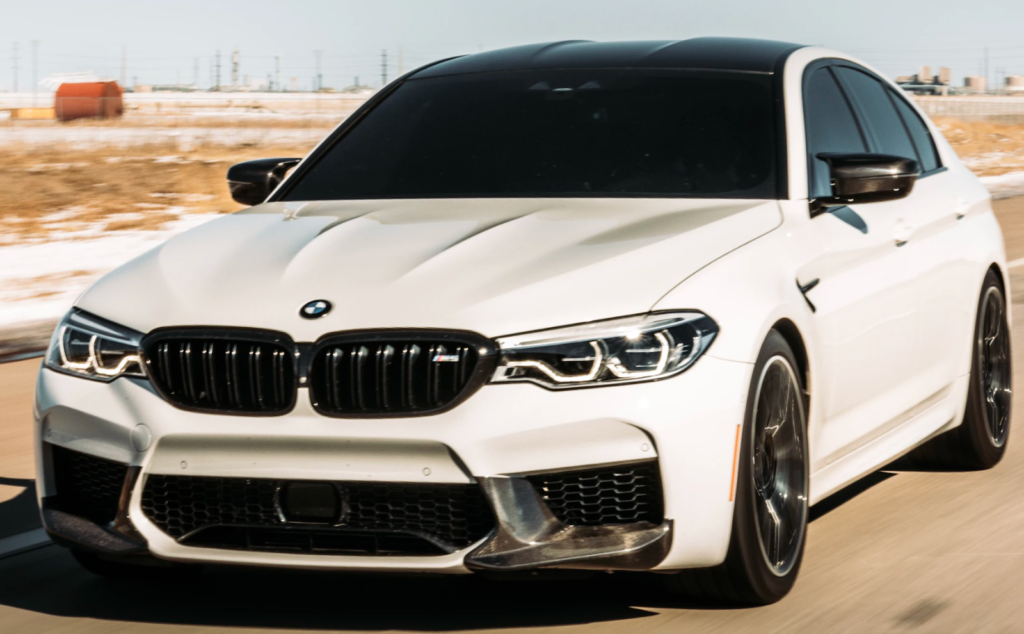
Let The Sidewall Be Your Guide
But understanding what the tires on your car are all about is not black art – it’s all right there on the sidewall if you know how to read the codes. Metric measurements are the most common. Let’s have a look at what the most important ones mean.
Size and type of the tire – metric
This part will usually have a code like ‘P235/55R16’, where the ‘P’ means it’s a passenger tire – it could also be ‘ST’ (special trailer), ‘LT’ (light truck), or ‘T’ (temporary). Its width is 235 metric millimeters from sidewall to sidewall, which would translate to 9.25 inches for this example. The 55 is the sidewall height expressed as a percentage of the width, so 55 percent of 235 mm, which is 129.25 mm, or 5.09 inches. The ‘R’ means it’s a radial-ply tire and the ‘16’ refers to the diameter of the tire bead (or rim), this time in inches.
Size and type of the tire – flotation
Alternatively, flotation sizing can be used. If the flotation size is ‘40×15.5R20LT’, it simply means the tire is 40 inches tall, fits on a 20-inch wheel, and is meant for a light truck.
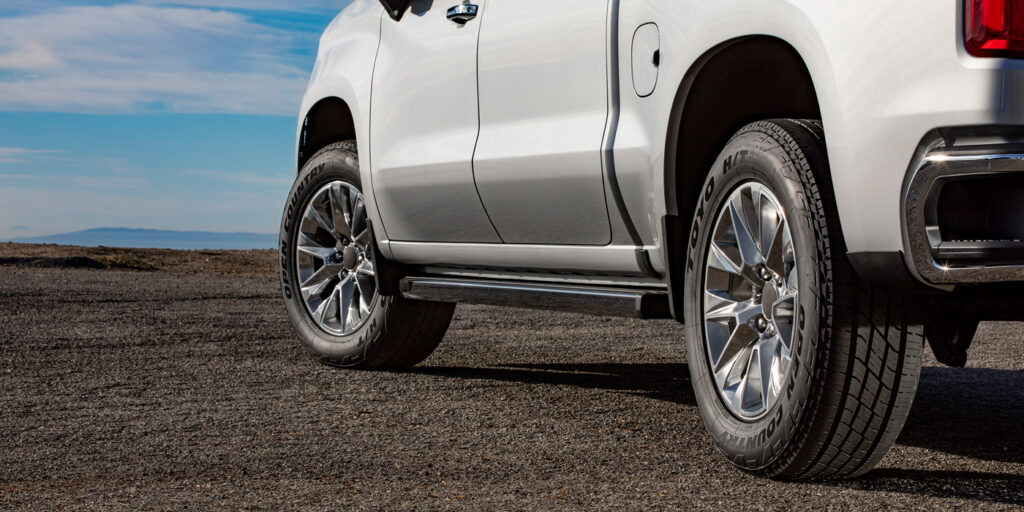
Load and speed rating
Also called the Service Description, this could look something like ‘97V’, where ‘97’ is the load index, a code that corresponds to a weight that is read off a special Load Index Chart to determine the maximum load-carrying capacity of the tire. In this case, ‘97’ means 1,609 pounds. The chart starts at ‘0’ (99 pounds) and ends at ‘150’ (7,385 pounds). The ‘V’ refers to the speed rating, which is the maximum speed at which the tire may be continuously run at maximum load and at the recommended pressure for such conditions. In this case, ‘V’ means 149 mph. For comparison, ‘S’ represents 112 mph and ‘Y’ 186 mph.
DOT code
This might read something like ‘DOT 4B08 4DHR 3316’. ‘DOT’ stands for ‘Department of Transportation’ and means the tire has passed all its tests. It is followed by the Tire Identification Number, which is two groups of letters and numbers that describe the previously mentioned tire size, type, and characteristics of the tire according to the manufacturer’s coding system. The last four numbers are the tire’s date of manufacture, in this case, the 33rd week of 2016.
Extra information
Additional codes may appear on the sidewall, such as ‘M+S’ (for a mud-and-snow tire) and SSR (self-supporting run-flat tire). OE keys may also be present, such as ‘MOE’ for ‘Mercedes Original Equipment.

Choosing The Right Tires For Your Car
Choosing incorrect tires for your car can have several negative effects. The wrong size will cause your speedometer and odometer to show inaccurate readings. Tires that are too large might scrape the wheel arch when you turn sharply. Tires that are too small will raise cruising revs, affecting your car’s fuel economy. The incorrect speed or weight rating may cause tire failure. Here’s how to choose the correct tire:
- Consult your car’s owner’s manual
- Contact your official dealership or the manufacturer
- Ask your tire retailer; they can look up all car models to determine their correct tires
- Stick with well-known, trusted brands
- Don’t buy online, because it’s easy to be scammed or buy bad tires
- Don’t buy the cheapest tires; you get what you pay for
- Buy new tires, not used; used tires can be damaged or too old
Conclusion
Tires are safety-critical equipment that must be bought with care. Cheapest is not always best when your safety is at stake. If possible, replace your tires with the same type, brand, and size that your car was equipped with as original equipment from the factory. If you change brands, keep the size, load, and speed ratings the same. If you upgrade your tires, consult your tire retailer about which sizes will fit without any of the above-mentioned compromises. Finally, age always wins out over mileage covered and tread depth. Tires must be replaced when they get old, typically when they exceed six years.
 World Magazine 2024
World Magazine 2024
